Plenary sessions
There will be two short plenary sessions, each consisting of 2 presentations.
TUESDAY MAY 28 from 11:15 to 12:30
Room Apollon - level 2
Welcome addresses
| 11:15 - 11:20 | ||
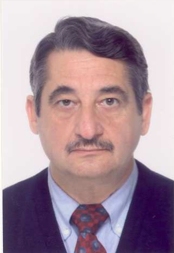 |
George Kiriakidis |
|
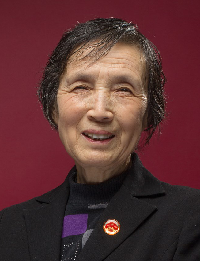 |
Yafang Han IUMRS President |
| 11:20 - 12:00 | ||
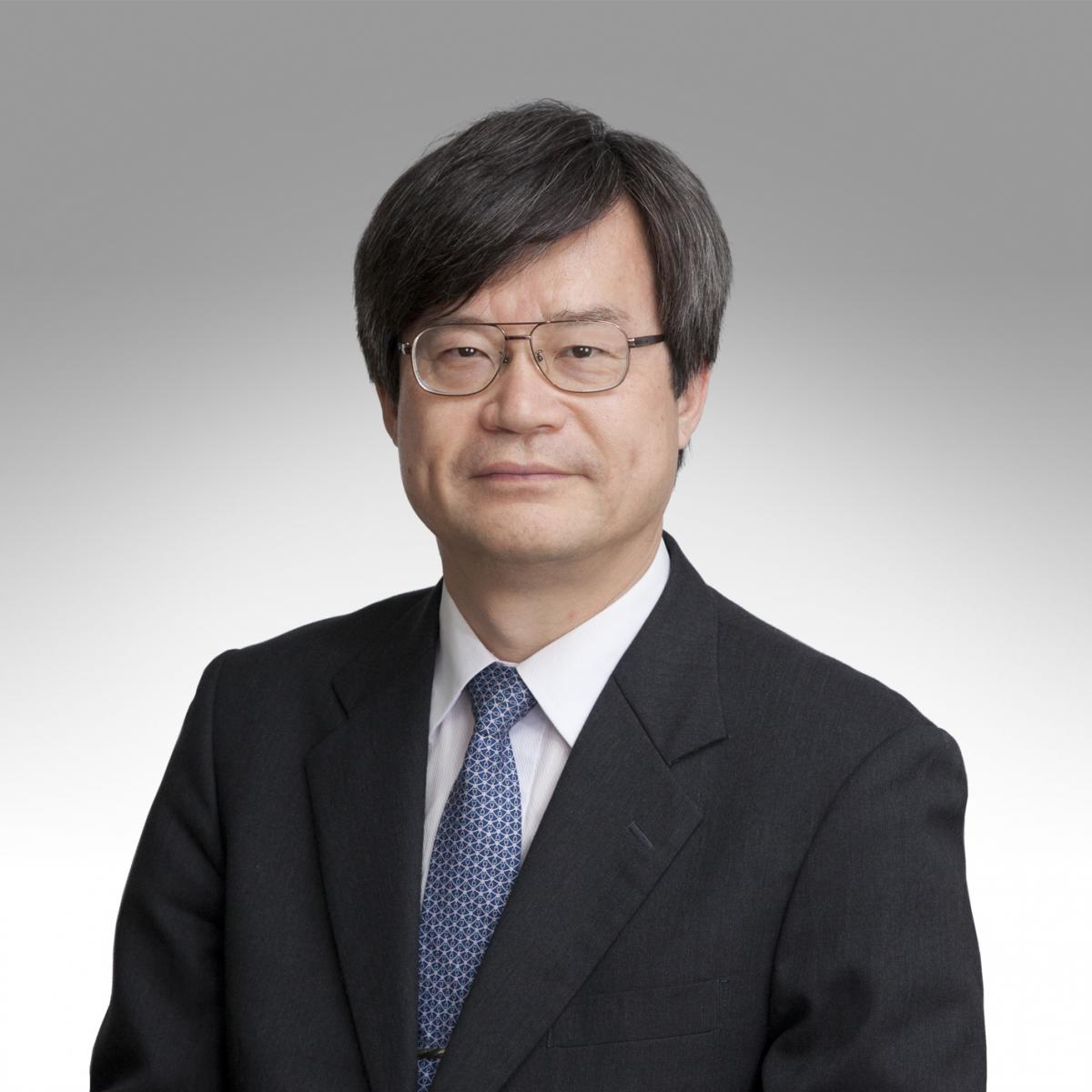 |
How to lead fundamental materials research to innovation Hiroshi Amano (Nobel Laureate in Physics 2014) Director, Center for Integrated Research of Future Electronics (CIRFE), |
|
| In the case of GaN-based blue LEDs, it took 30 years from the first fundamental success to reach a market size of over 1 trillion Japanese yen. However, investigators cannot wait 30 years, and they claim that innovation should be achieved within 10 years. Therefore, in this presentation, I would like to discuss how to lead fundamental materials research to innovation within 10 years. As an example of a new innovation, I would like to explain how to establish a sustainable and smart society through the “Internet of Energy”, which will provide a connection to a power source at any time and any place. The meaning of this phrase is simple. Because of a ubiquitous energy transmission system, you never need to worry about a shortage of electric power. One of the most important items for establishing a sustainable society is electric vehicles, socalled EVs. EVs have the problem of a short range owing to the insufficient capacity of the battery. The long charging time for EVs is also a problem. To solve these problems, we are trying to establish a new wireless electricity transmission system using GaN-based power devices. If an EV can be charged with electricity while driving, EV will become like trams, but with more freedom as they can be driven anywhere. In TV programs, images of beautiful scenery taken from flying drones are becoming increasingly common. Drones have the same problem as EVs, that is, a short range on a single charge. If drones can be charged while flying, we can expect drones to fly all day, increasing their applicability to, for example, the inspection of old bridges, roads, and buildings. In the case of catastrophic emergencies, drones can play a key role in carrying emergency items to victims. We will no longer need to worry about electricity shortages not only for EVs and drones, but also for any electronic system. We can connect electronic systems at any time and any place, thus achieving an “Internet of Energy”. To realize such a future wireless electricity grid, we should try to seamlessly connect research, development and commercialization from upstream to downstream. In our university, we have established a new research consortium connecting all the stages from fundamental science to commercialization. Up to now, 47 private companies, 20 universities, and three national research institutes have joined and are starting to collaborate toward the practical realization of a wireless electricity transmission system. We are also starting a new program for graduate students called the DII program. As part of this program, three different specialists, a deployer, an innovator and an investigator form a team to respond to social crises such as climate change. The Japanese government has targeted an 80% cut in greenhouse gas emission by 2050 from the current level. To realize this challenging goal, we need pioneers who can lead research, development and commercialization. We believe that our program will foster a large number of future leaders who will help establish a sustainable, smart, secure and safe society |
||
B. 2019 EU-40 Materials Prize winner
| 12:00 - 12:30 | |
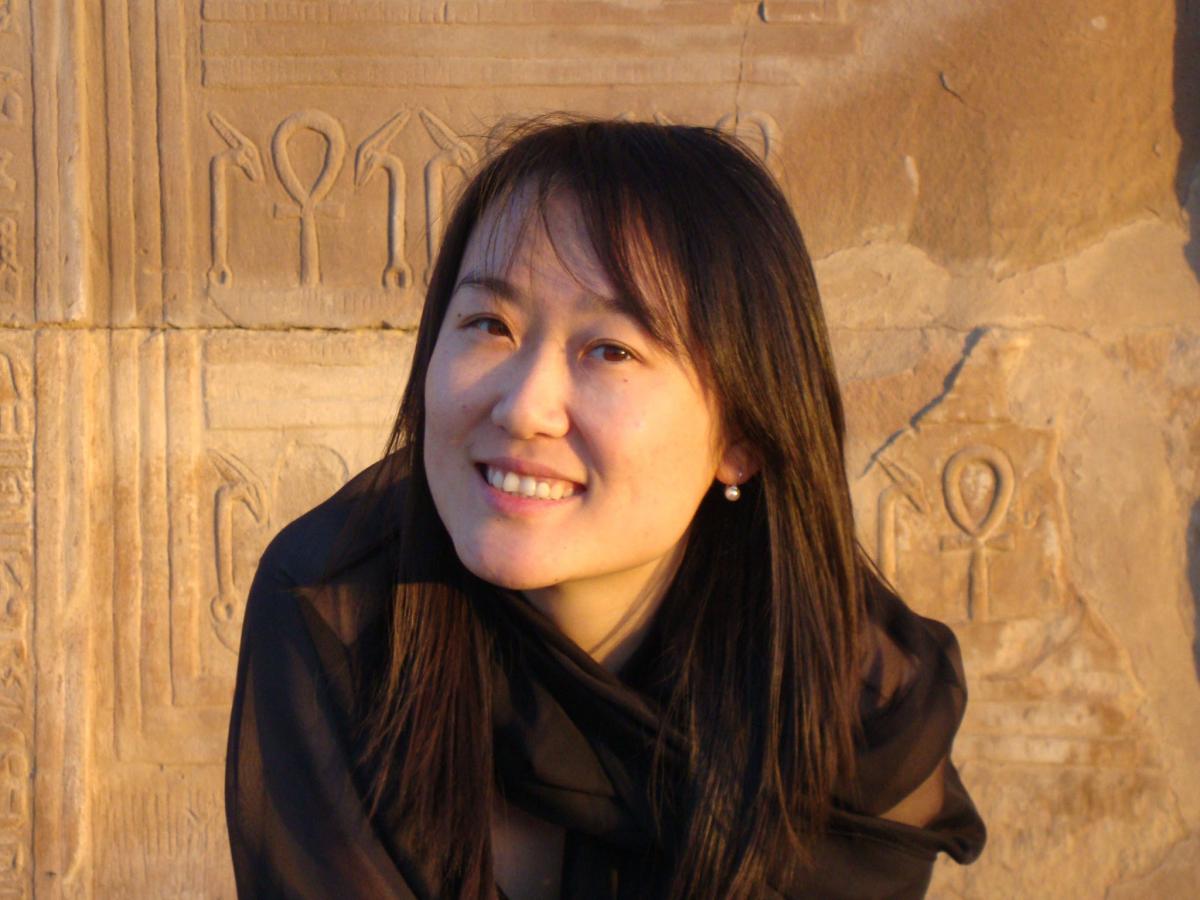 |
Dynamic plasmonics Laura Na Liu Kirchhoff Institute for Physics |
|
A prerequisite to build advanced nanophotonic architectures is the ability to precisely control the organization of different optical elements, such as metal nanoparticles, fluorophores, semiconductor nanocrystals, and others in space. To this end, DNA origami represents an ideal construction platform owing to its unique sequence specificity and structural versatility. I will present sequentially a diverse set of DNA-assembled nanophotonic systems according to their characteristic optical properties. I will also discuss about the inevitable evolution from static to dynamic devices along with the fast development of this inter-disciplinary field. Finally, possible future directions and perspectives on the challenges will be elucidated. |
|
THURSDAY MAY 30 from 11:15 to 12:40
Room Apollon - level 2
Welcome address
| 11:15 - 11:20 | ||
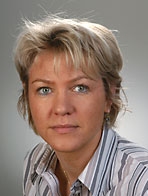 |
Anke Weidenkaff |
| 11:20 - 12:00 | ||
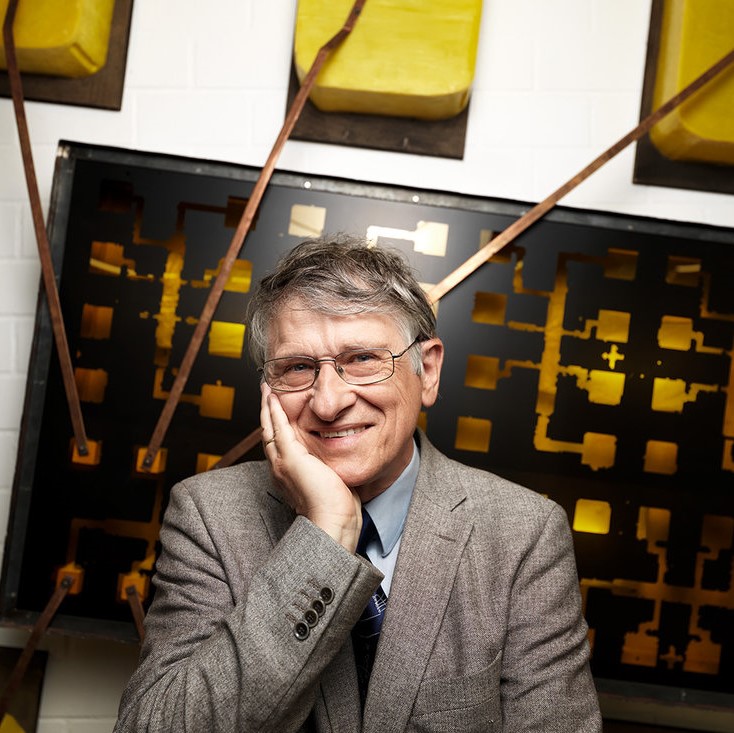 |
Our new international systems of units Klaus von Klitzing (Nobel Laureate in Physics 1985) Max Planck Institute for Solid State Research
D-70569 Stuttgart, Germany
|
|
|
On World Metrology Day 2019 (20.5.2019) all countries in the world changed the definitions for the following base units of the International System of Units (SI system): the kilogram, the ampere, the kelvin and the mole. In an historic vote on 16.11.2018, the General Conference on Weights and Measures, which represents 98% of the world gross product, decided this change unanimously. This decision means that all SI units will now be defined in terms of constants of nature. This change was optimized in such a way, that nearly nothing happened in our daily life but in the field of high precision measurements, some adjustments were necessary and more importantly, the new international system of units will be more stable. The quantized Hall resistance (Nobel Prize 1985) played a crucial role for the realization of this new SI system since this quantum resistance can be used not only for high precision measurements of electrical standards but also for a new realization of a kilogram by comparing electrical and mechanical forces with the Kibble balance. The talk summarizes the application of the quantum Hall effect in metrology with the focus on the replacement of the kilogram by a fixed value for the Planck constant. |
||
B. 2019 MRS Mid-Career Award winner
The MRS Mid-Career Research Award is made possible through an endowment
established by Millipore Sigma (Sigma-Aldrich Materials Science).
| 12:00 - 12:30 | ||
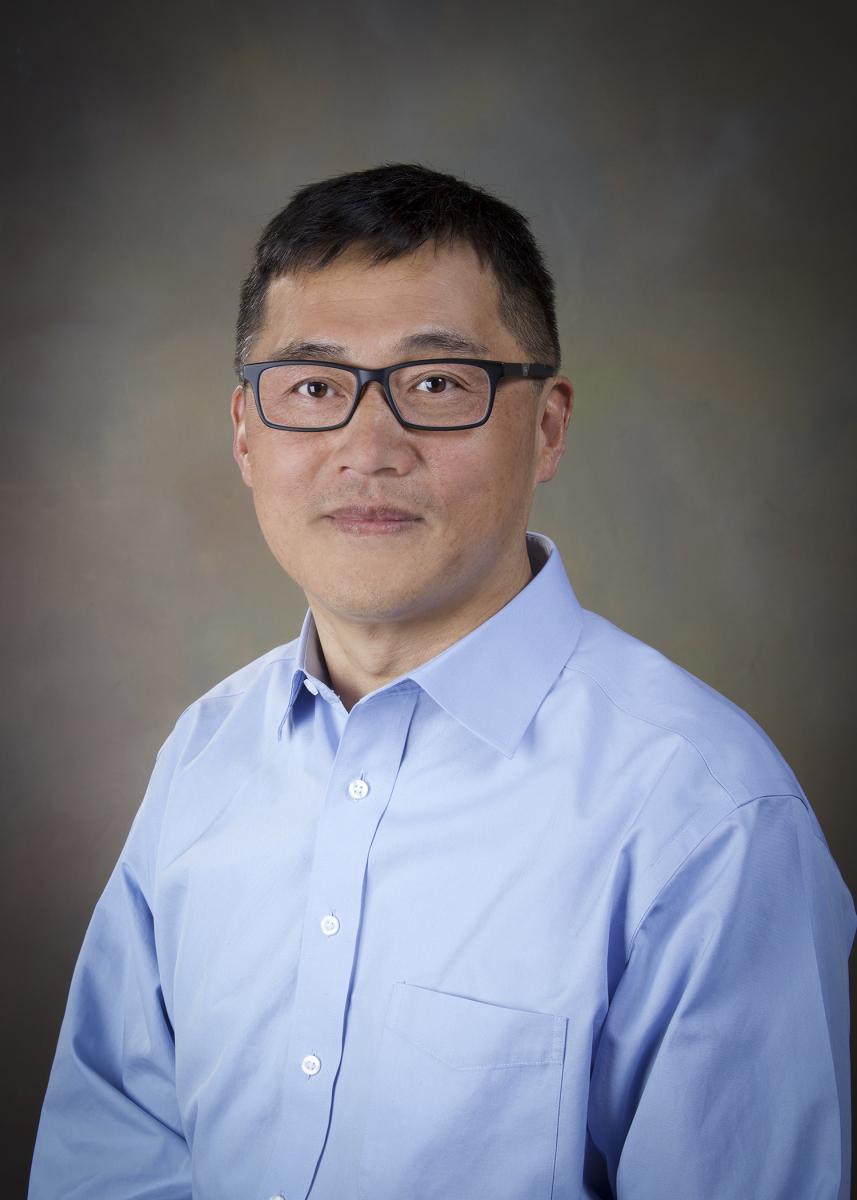 |
Self-assembly of functional nanoscale materials Hongyou Fan Sandia National Laboratories |
|
|
Self-assembly techniques are one of the powerful and efficient methods to the synthesis of nanostructured materials. Using these techniques and their combination with top-down fabrication processes, materials with hierarchical feature can be produced with form and function in multiple length scales. We synthesize multifunctional nanoparticles through surfactant-assisted noncovalent interactions using molecular and nanoparticle building blocks. Self-assembly of these nano-building blocks results in functional materials that exhibit well-defined 1-3D morphologies and hierarchical architectures for a wide range of applications. Through pressure-directed assembly, an external pressure has been utilized to engineer nanoparticle assembly to induce structural transformation of complex structures from the nano-building blocks in both mesostructures and atomic crystal structures. By manipulating nanoparticle coupling through external pressure, a reversible change in their assemblies and properties can be achieved and demonstrated. In addition, over a certain threshold, the external pressure will force these nanoparticles into contact, thereby allowing the formation and consolidation of new 1-3D nanostructures. Through self-assembly, materials engineering and synthesis become remarkably flexible with morphology or architecture readily tuned to produce desirable properties for practical application. This presentation describes objective technical results and analysis. Any subjective views or opinions that might be expressed in the presentation do not necessarily represent the views of the U.S. Department of Energy or the United States Government. Sandia National Laboratories is a multimission laboratory managed and operated by National Technology and Engineering Solutions of Sandia, LLC., a wholly owned subsidiary of Honeywell International, Inc., for the U.S. Department of Energy’s National Nuclear Security Administration under contract DE-NA0003525. |
||
|
Hongyou Fanis a Distinguished Member of the Technical Staff at Sandia National Laboratories and is a National Laboratory Professor in the Department of Chemical and Biological Engineering at The University of New Mexico. He received a B.S. degree in chemistry from Jilin University in 1990, an M.S. degree in polymer science from the Chinese Academy of Sciences in 1995, and a Ph.D. degree in chemical engineering from University of New Mexico in 2000. He was a postdoctoral fellow at Sandia National Laboratories, Albuquerque, New Mexico, before working there full-time. His research focuses on functional nanomaterials synthesis, assembly, and integration for nanoelectronic and nanophotonic applications. He is a Fellow of the American Physical Society and MRS. Prior to the MRS Mid-Career Award, he received the MRS Kavli Distinguished Lectureship Award in Nanoscience, four R&D 100 Award for the development of technically significant products, two Federal Laboratory Consortium for Technology Transfer–Outstanding Technology Development Award, The University of New Mexico Outstanding Faculty Mentor Award, and the Asian American Engineer of the Year Award. |
||
C. IUMRS Global Award Ceremony in honor of Prof. Carlos Moedas, European Commissioner for Research, Science and Innovation & Robert Chang, first President and Founder of IUMRS.
| 12:30 - 12:40 | ||
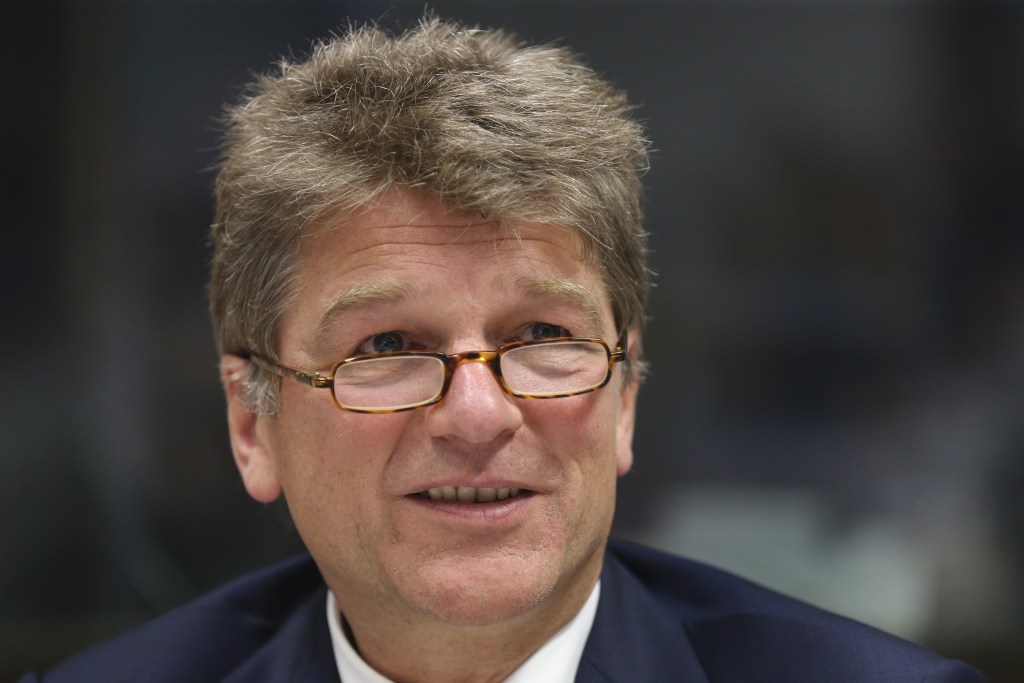 |
Importance of innovation in the 21st century Peter Dröll Director DG Research and Innovation |
|
|
Peter Dröll is in charge of Innovation Union and European Research Area in the European Commission’s Research and Innovation Department. This Directorate is about creating the conditions for excellent research and innovation throughout Europe. Peter is a lawyer by training with a doctorate degree in German constitutional law and European law. Before joining the European Commission in 1991, Peter worked as a lawyer in Germany. |
||
